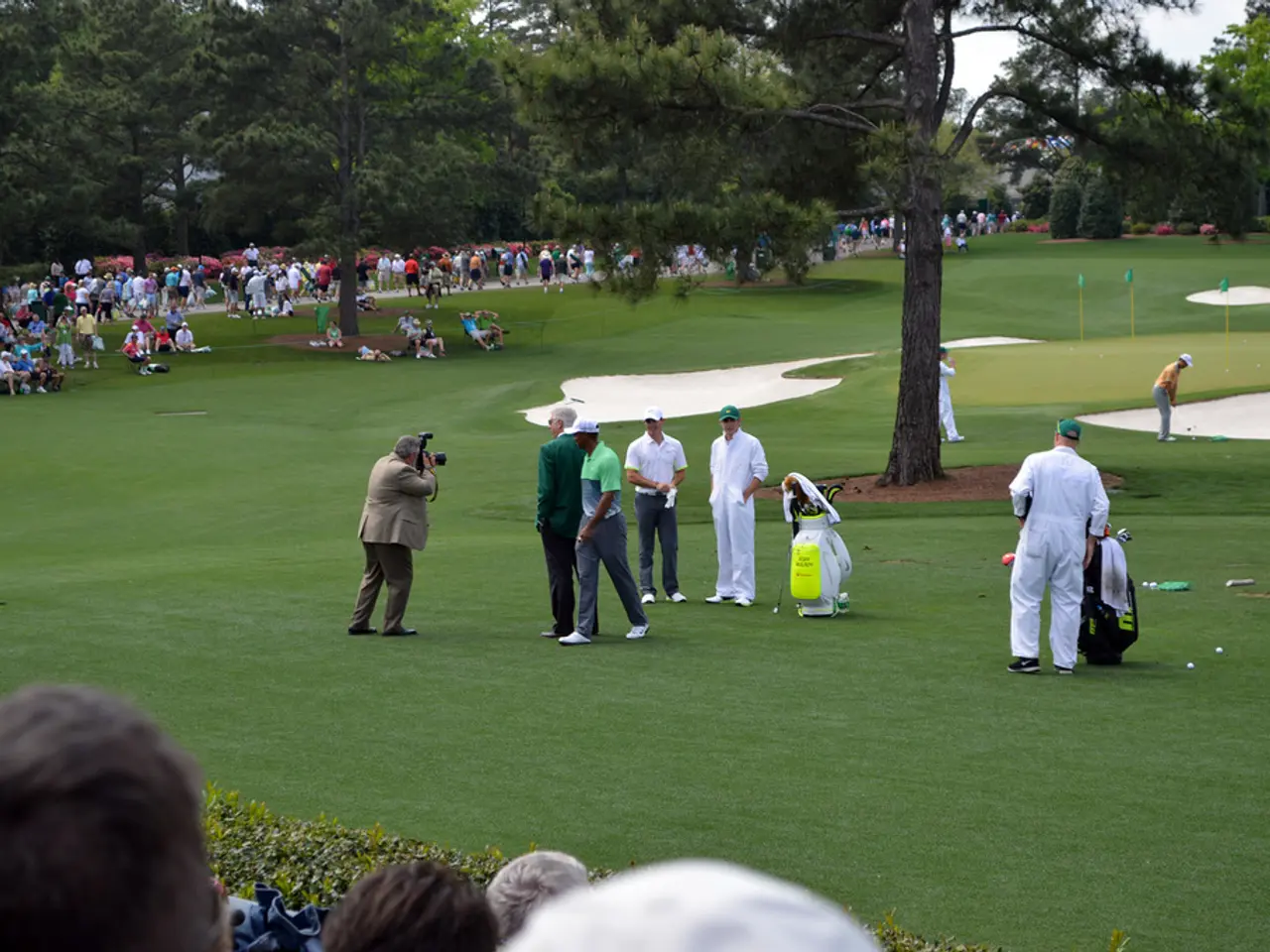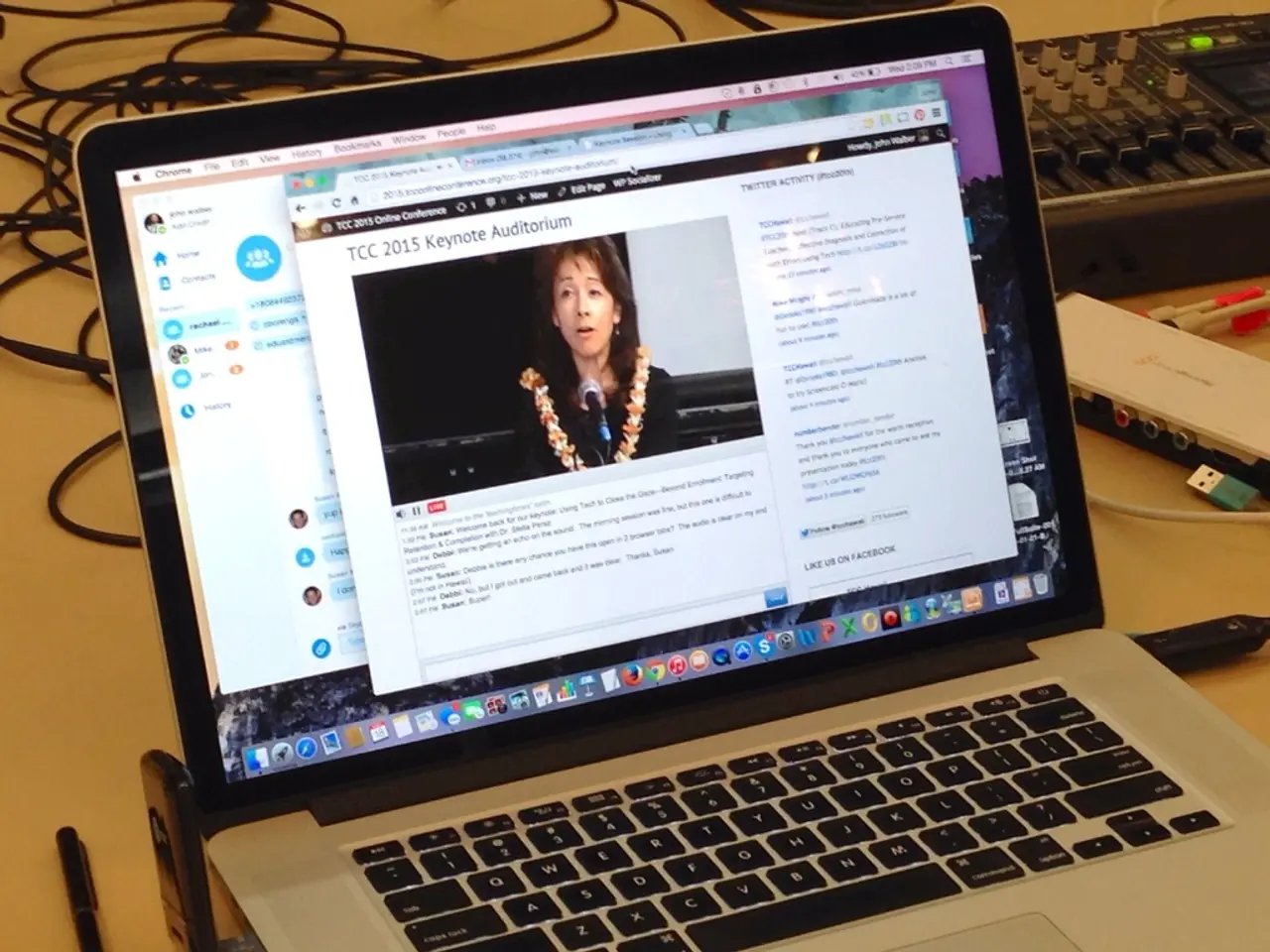Adjusting Alignment for Reflector, Refractor, SCT, and Maksutov Telescopes: A Step-by-Step Guide
Collimation is a crucial aspect of telescope maintenance, ensuring sharp views for any optical system. Despite initial apprehensions, the process is relatively straightforward, even for Newtonian reflectors, which are prone to requiring more frequent adjustments due to their numerous moving parts.
Rightly frightened at first, I opted for a Maksutov-Cassegrain telescope, a type less likely to require collimation. However, I later discovered that with proper assembly and setup, collimating a Newtonian is simplified.
Here's a comprehensive guide to collimating four major telescope types: refractors, Newtonian reflectors, Schmidt-Cassegrains (SCT), and Maksutov-Cassegrains (Mak).
Newtonian telescopes are most likely to require collimation. It's recommended to check collimation every observation session, as they have a 50% chance of needing adjustments at the very least. Collimation tools help engineers adjust the mirrors, both primary and secondary (if necessary). The secondary mirror in a Newtonian typically requires minimal adjustment, except in cases of significant impact.
Adjusting the secondary mirror can be done using 3 or 4 small Allen or Philips head screws recessed in the spider/secondary mirror holder. Loosening the center screw or nut will allow you to move the secondary mirror up or down, while tightening will return it to its original position. Be cautious not to loosen the screw completely, as this may cause the secondary mirror to fall onto the primary and potentially damage both mirrors.
Collimation of the primary mirror involves three collimation bolts or knobs at the back of its supporting cell. Adjusting these bolts will adjust the tip and tilt of the primary mirror for proper alignment. The primary mirror rests on a series of supports on a ring or cell that sit on springs, which loosen or tighten when the collimation bolts are adjusted. Most mass-manufactured telescopes have three locking bolts or screws meant to maintain collimation stability during usage. However, these bolts are often found to be ineffective in practice and serve as an obstruction to collimation. It is advised to remove them.
Collimating Newtonian reflectors can be achieved using various methods and tools. Recommended tools include Cheshire collimation eyepieces, collimation caps, or film canisters with a small hole cut into the lid. Collimation with a Cheshire collimation eyepiece or laser collimator involves centering the secondary mirror and aligning the primary mirror for optimal performance. Lasers can significantly speed up the collimation process, but they must first be aligned themselves to ensure the beam doesn't drift during collimation.
Collimating on a star is another simple method, although it can be cumbersome when using long scopes. Point your telescope at Polaris (Northern Hemisphere) or a bright star near the pole (Southern Hemisphere), switch to a high-power eyepiece, and slightly defocus the image. If the "donut" (the secondary mirror's shadow) is centered on the diffraction rings of the star, the collimation is good. If it isn't, adjust the collimation bolts until it is centered.
Reflection telescopes, such as refractors and Newtonians, are more prone to needing collimation compared to reflector or catadioptric telescopes. Refractors may occasionally require collimation, though this is less common. Adjusting the collimation of an objective lens is typically done using 1 or 2 sets of 3 screws at the front of the lens cell, which can be accessed by removing the dew shield.
Schmidt-Cassegrain telescopes (SCTs) don't need collimation often but should be checked during every observation session, particularly for astrophotography or high-magnification planetary/double star viewing. Collimating an SCT is essentially the same as collimating a Newtonian, but adjustments require tools.
Maksutov-Cassegrain telescopes require collimation less frequently, but when needed, collimation can be achieved using the techniques for Schmidt-Cassegrain telescopes, with the primary mirror adjustments instead of the secondary.
For a Maksutov-Cassegrain telescope, use Allen (hex) keys for adjustments, a laser collimator designed for catadioptric telescopes, masking tape, and a marker as visual alignment aids. Carefully position the telescope horizontally on a sturdy mount in well-lit conditions, remove the diagonal and eyepiece to access the optical path, and adjust the secondary and primary mirrors for optimal alignment. Proper collimation leads to better visual and imaging results, so it's essential to understand and master this process.
- For Newtonian reflectors, adjusting the secondary mirror involves using 3 or 4 small Allen or Philips head screws in the spider/secondary mirror holder, while collimating the primary mirror requires using the three collimation bolts or knobs at the back of its supporting cell.
- Collimation tools, such as Cheshire collimation eyepieces, collimation caps, or film canisters, help engineers adjust the mirrors in Newtonian reflectors, simplifying the collimation process.
- Reflection telescopes, like refractors and Newtonians, are more prone to needing collimation compared to reflector or catadioptric telescopes, but adjusting the collimation of an objective lens in a refractor is typically done using 1 or 2 sets of 3 screws at the front of the lens cell.
- Schmidt-Cassegrain telescopes (SCTs) don't need collimation often, but adjustments require tools, and they should be checked during every observation session, particularly for astrophotography or high-magnification planetary/double star viewing.
- Gadgets like laser collimators designed for catadioptric telescopes, masking tape, and a marker can be used as visual alignment aids when collimating a Maksutov-Cassegrain telescope, which requires collimation less frequently but can be achieved using the techniques for Schmidt-Cassegrain telescopes, with the primary mirror adjustments instead of the secondary.







